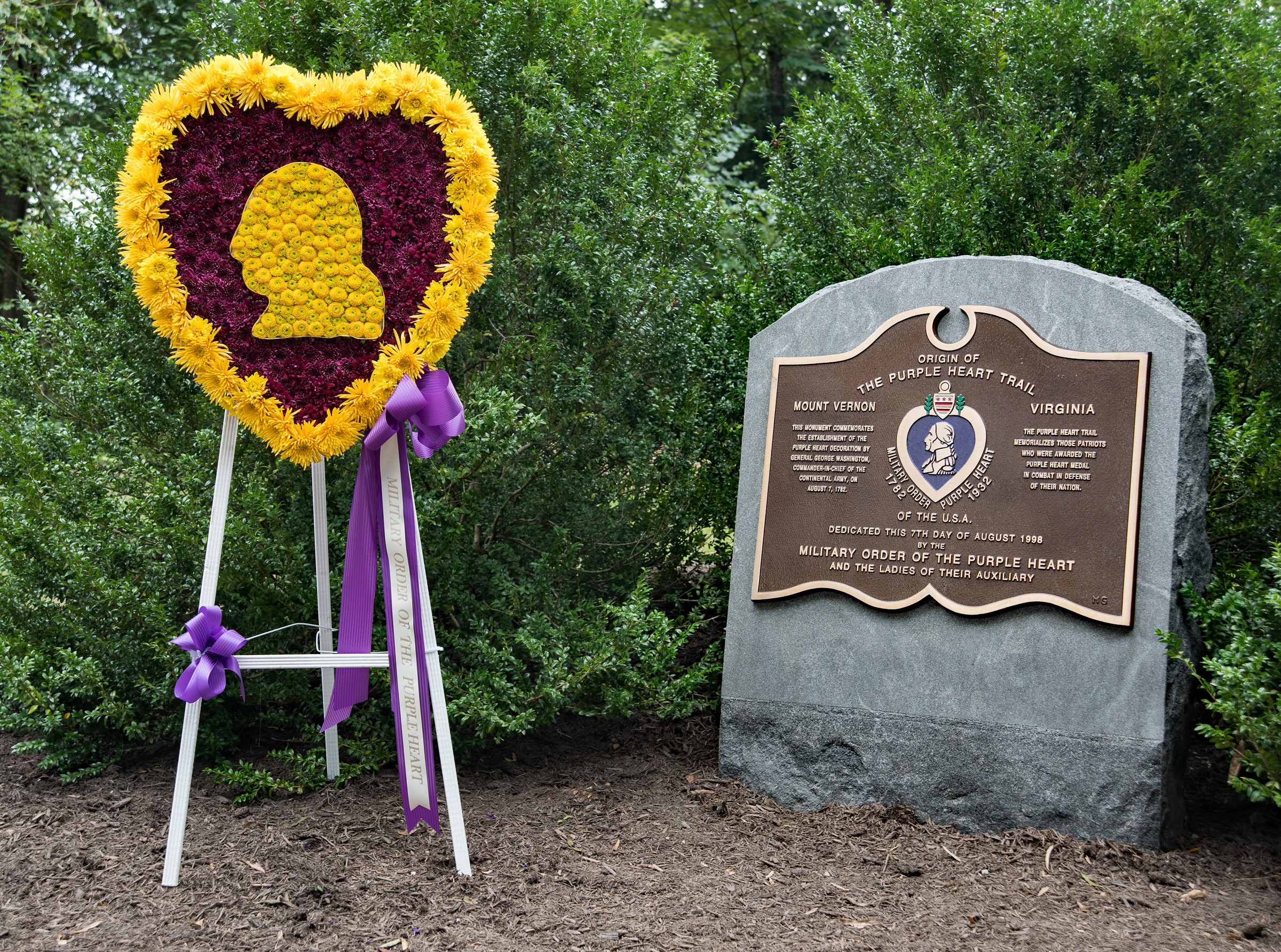National Purple Heart Day Commemoration at Mount Vernon

Alexandria, VA – General George Washington, Commander-in-Chief of the Continental Army, established the Purple Heart decoration on August 8, 1782. The Mount Vernon estate and members of the Military Order of the Purple Heart will hold an official National Purple Heart Day Commemoration Ceremony, open to the public, on August 3 at 10:30 am.
Admission to Mount Vernon is always free for Purple Heart recipients. Admission for members of the public is included in their ticket to Mount Vernon.
On August 3 and 4, there will be various military-related events throughout the historic area, including the opportunity to write a letter to a veteran thanking them for their service, designing a powder horn, and listening to Martha Washington tell stories highlighting the importance of military spouses.
ICYMI: Alexandria Celebrates Centenarians Sept. 10




